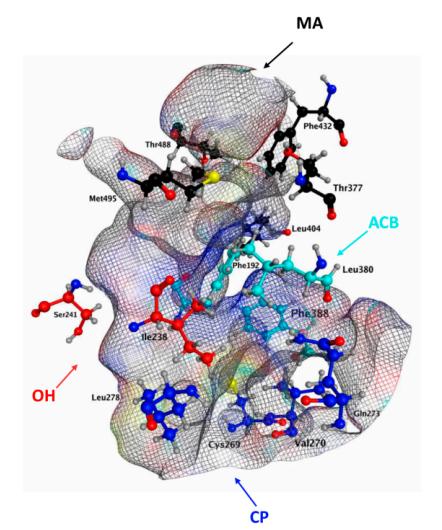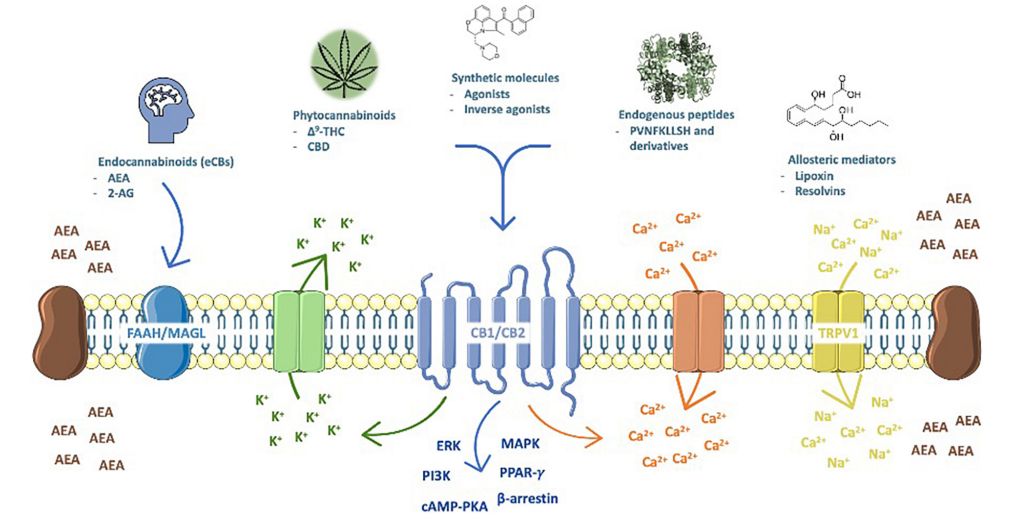As a preeminent contract antibody development company, Creative Biolabs offers high-quality in vitro diagnostic (IVD) antibody development services targeting a wide range of biomarkers. Here, we focus on the Fatty acid amide hydrolase (FAAH) marker of sepsis. We are committed to providing the highest quality of custom services and products at the most reasonable prices.
Fatty Acid Amide Hydrolase (FAAH)
Fatty acid amide hydrolase (FAAH) is a mammalian integral membrane enzyme that hydrolyzes the fatty acid amide family of endogenous signaling lipids, including the endogenous anandamide (N-archidonoylethanolamine, AEA) and the sleep-inducing substance oleamide. Previous studies have shown that FAAH is responsible for managing sepsis pathogenesis by regulating circulating AEA concentrations. Under normal circumstances, AEA is released locally and has a short duration of action that can activate both CB1 and CB2 receptors to regulate the immune response. And the circulating AEA concentrations are tightly regulated by FAAH hydrolysis to avoid excessive stimulation. During the initial stages of sepsis, increased AEA levels may be beneficial to stimulate CB2 receptors to against the exaggerated immune response. However, continuous elevated AEA levels can also be adverse in the latter stages of sepsis by suppressing the immune system, causing a heightened vulnerability to the invading pathogens.
 Fig.1 3D channels of hFAAH. 1, 3
Fig.1 3D channels of hFAAH. 1, 3
The Role of FAAH in Sepsis
Sepsis is a complex condition that results from a disordered immune system in response to a systemic infection, which leads to severe damage and failure of vital organs, results in patient death. Recently, there is growing evidence for an involvement of the cannabinoid system in the pathogenesis of sepsis and an excessive accumulation of AEA is associated with septic pathogenesis. FAAH is a key hydrolytic enzyme of cannabinoid system involved in the degradation of AEA, thereby down-regulating septic shock. Moreover, the FAAH mRNA expression in healthy donors is significantly higher than in sepsis patients. Therefore, the concentrations of FAAH may be a potential biomarker for predicting the onset of septic shock.
 Fig.2 The endocannabinoid system. 2, 3
Fig.2 The endocannabinoid system. 2, 3
IVD Antibody Development Services for FAAH Marker
Antibodies are core elements for antibody-based immunoassays for detecting and quantifying antigens of interest in different samples such as the serum, urine, tissue preparations, and so on. At Creative Biolabs, we offer a full range of antibody development, antigen & antibody conjugation, and IVD kit development services to clients across the globe. We develop antibodies that can be applied for different immunoassay formats, including ELISAs, lateral flow immunochromatographic assays, western blot, and flow cytometry.
Creative Biolabs has extensive experience and mature technology platforms in generating and developing IVD antibodies. If you are interested in our services, please do not hesitate to contact us for more details.
References
- Criscuolo, Emanuele, et al. "In silico and in vitro analysis of major cannabis-derived compounds as fatty acid amide hydrolase inhibitors." Molecules 26.1 (2020): 48.
- de Melo Reis, Ricardo Augusto, et al. "Quality of life and a surveillant endocannabinoid system." Frontiers in Neuroscience 15 (2021): 747229.
- Under Open Access license CC BY 4.0, without modification.
For Research Use Only.

